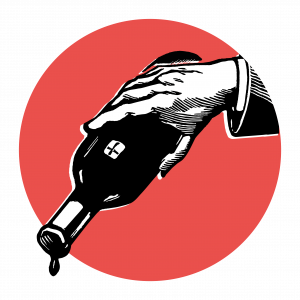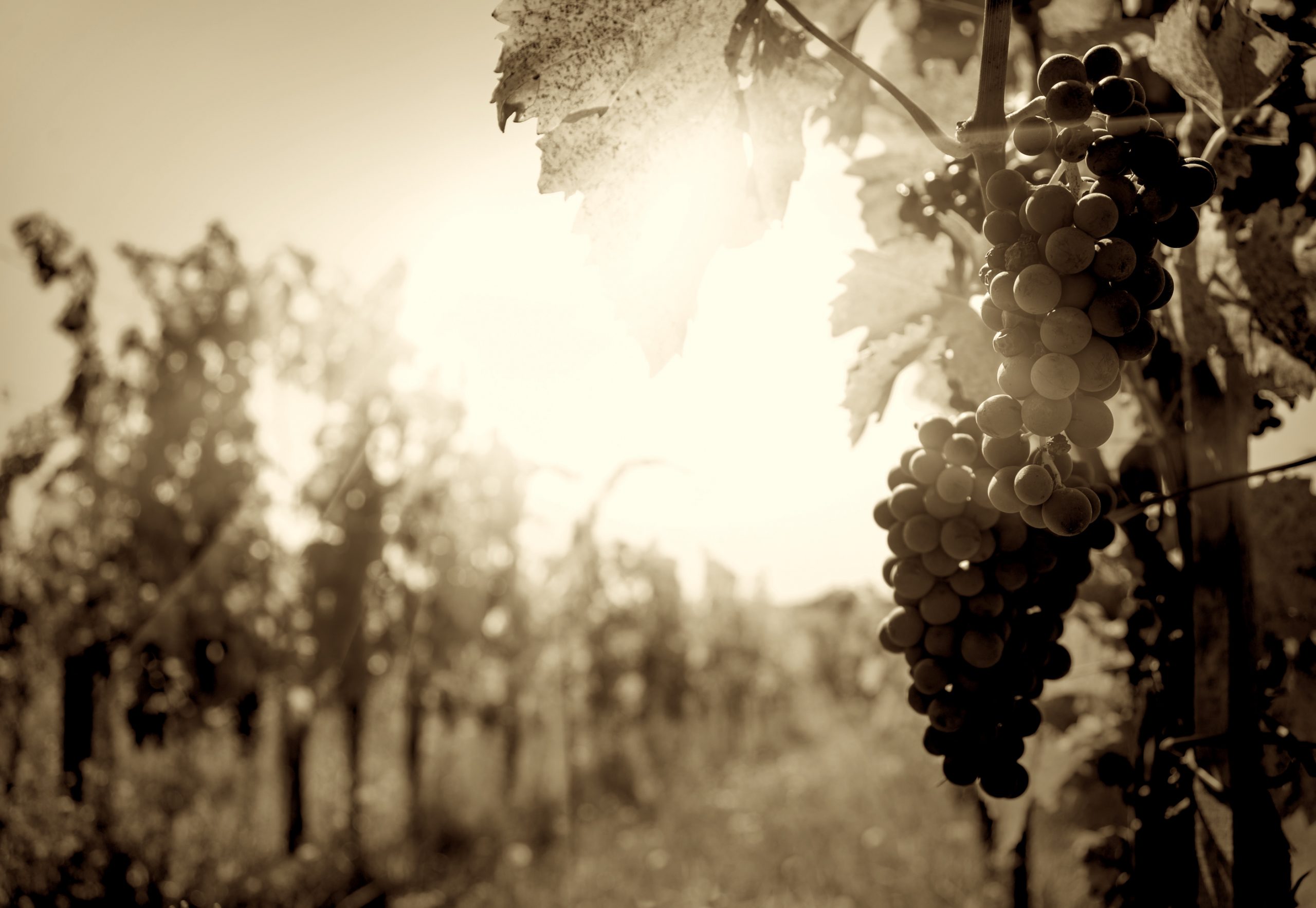The red wine that comes from the Grand Cru vineyard of Clos de Tart might not be at the top of every Burgundy-lover’s wish-list – that accolade probably belongs to the fabled Domaine de la Romanée-Conti. And if one had to conjure an image that defined the region, perhaps the Clos de Vougeot, with its 16thcentury château, well, that might be the one that ends up on the majority of wine geeks’ selfies.
Nevertheless, it is very much an iconic estate, sitting imperiously astride the village of Morey-Saint-Denis, with Gevrey-Chambertin to the north, and Chambolle-Musigny to the south. Indeed, the rows of Pinot Noir vines run in that direction, hugging the contours of the hill rather than lining up and down the slope (as is generally the norm), making it easy to spot from a distance.
It is also that rare beast in Burgundy, a ‘monopole’. For its 7.5 hectares (large by Burgundy standards) have always been owned as a whole, only three proprietors since 1141, with the Mommessin family taking over in 1932. That doesn’t sound too strange on the face of it, but French inheritance laws have ensured that family farmlands have undergone numerous divisions and sub-divisions over the years. Add plenty of domestic squabbling, chuck in a healthy dollop of marital alliances into the pot (herds of Gagnards, Bachelets, Matrots, Mugnerets abound throughout the Côte, cousins and yet more cousins), and you have a patchwork that ebbs and flows like the proverbial. However, despite the ever-changing landscape, this traditional region remained firmly ‘Burgundian’, both in possession and ethos. Clos de Tart, meanwhile, sailed on serenely, unencumbered by internal strife, the wine itself coming back into top form in the late 1990s, after some underwhelming offerings throughout the ‘70s and ‘80s.
But that was then.
Big money has come rumbling, a moth into flame. Tanks of the stuff have rolled into town, belonging to the likes of Stan Kroenke, LVMH, the Chinese, and they have parked up off the RN74. But they are small fry compared to the great white shark that is Kering’s François-Henri Pinault. Having bought Bordeaux’s Château Latour back in 1993, his initial foray into Burgundy was to purchase the René Engel estate in 2006, renaming it Domaine d’Eugenie.
And then last October, it was announced that he had bought Clos de Tart, a rumoured figure of €280 million. A hugely impressive whack, but his cheque probably came out of petty cash, perhaps even the pantry account. Gucci turn that over in a couple of hours.
So what? It’s the way of the world, is it not? The quality of wine will continue, possibly improve, it might even soar to the top of the table. We won’t mention future pricing (2015 vintage around £350 a bottle, it’s arguably already a luxury item).
However, it’s a bit more complex…the French taxman will have a view on the acquisition: if Clos de Tart is worth €37 million per hectare, what number on the three neighbouring Grands Crus, the Clos of Lambrays, Saint-Denis and Roche? There’ll be some re-evaluation: that’ll be a tax hike on that parcel of yours, thank you very much, and here’s a hefty bill with which to bash your family coffers.
At which point, of course, said family may muse on this turn of events. Something along the lines of “if our land is now worth so much, what on earth are we doing, carrying on with this wine-making lark, working all hours, rain, shine etc.?”. They could obviously put their prices up to cover things: cue the inevitable creating from their importers/agents/customers, and the ensuing hassle.
Or they take the cash, and place ‘le clef sous la porte’ – the youth depart for the cities, while the elders retire, and live extremely comfortably.
Yes, Burgundy constantly evolves and unfolds. But could this be a new avenue? Are we going to see a very different picture emerging? The Côte d’Or becomes the Côte de Pinault?
Time for a large glass of Bourgogne.








